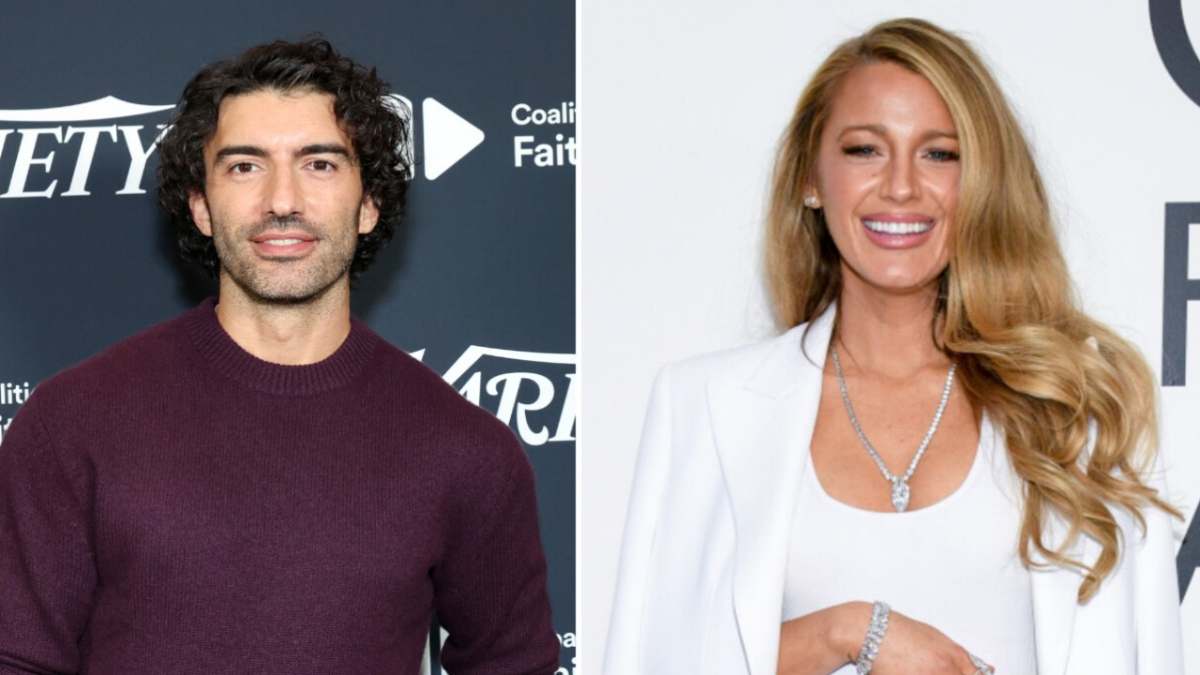
Advertisement
The legal battle between It Ends With Us co-stars Blake Lively and Justin Baldoni has taken a dramatic turn, with a new story emerging from the ongoing conflict. A storyboard artist who worked on the film, Talia Spencer, has come forward with accusations that paint Blake Lively in a negative light, siding with Baldoni in the dispute.
In an interview aired on 60 Minutes Australia on April 13, Spencer shared her perspective on the situation. She described Justin Baldoni as one of the few directors who was both kind and respectful on set. Spencer also mentioned that Baldoni had a clear vision for the film and that he wasn’t motivated by fame. She went on to credit his extensive contributions to art departments in more than 10 projects since 2019, underscoring his dedication and professionalism.
However, Spencer suggested that Blake Lively may have misinterpreted Baldoni’s kindness as a weakness and attempted to take advantage of the situation. “I feel like maybe Blake sensed his kindness, mistook it for weakness, and tried to take advantage and seize power,” Spencer claimed, hinting that Lively’s actions played a significant role in the legal battle between the two.
The storyboard artist went further to state that Lively’s alleged attempt to take over creative control had a profound impact on Baldoni’s vision for the film. “I think there was a massive compromise in terms of Justin’s original vision for the film,” Spencer said, alleging that Lively successfully undermined Baldoni’s role in the project.
This revelation adds to the complexity of the ongoing legal dispute between Lively and Baldoni, which has garnered widespread attention. In December 2024, Lively filed a lawsuit against Baldoni, accusing him of sexual harassment, invasion of privacy, and indecent behavior on set, among other claims. Additionally, she alleged that Baldoni had orchestrated an online smear campaign against her. In response, Baldoni filed a countersuit, accusing Lively, her publicist, and even her husband, Ryan Reynolds, of defamation and extortion.
The legal drama has continued to unfold, with the trial now set to begin in 2026. The case has become a highly publicized spectacle, described by some as a “war between PR teams,” with each side preparing for a lengthy and intense legal battle. The involvement of a storyboard artist like Spencer adds another layer of complexity to the case, suggesting that tensions on set were more than just personal but also creatively charged.
As the situation develops, all eyes will be on the trial, where the truth behind these accusations is expected to be revealed in due course.
